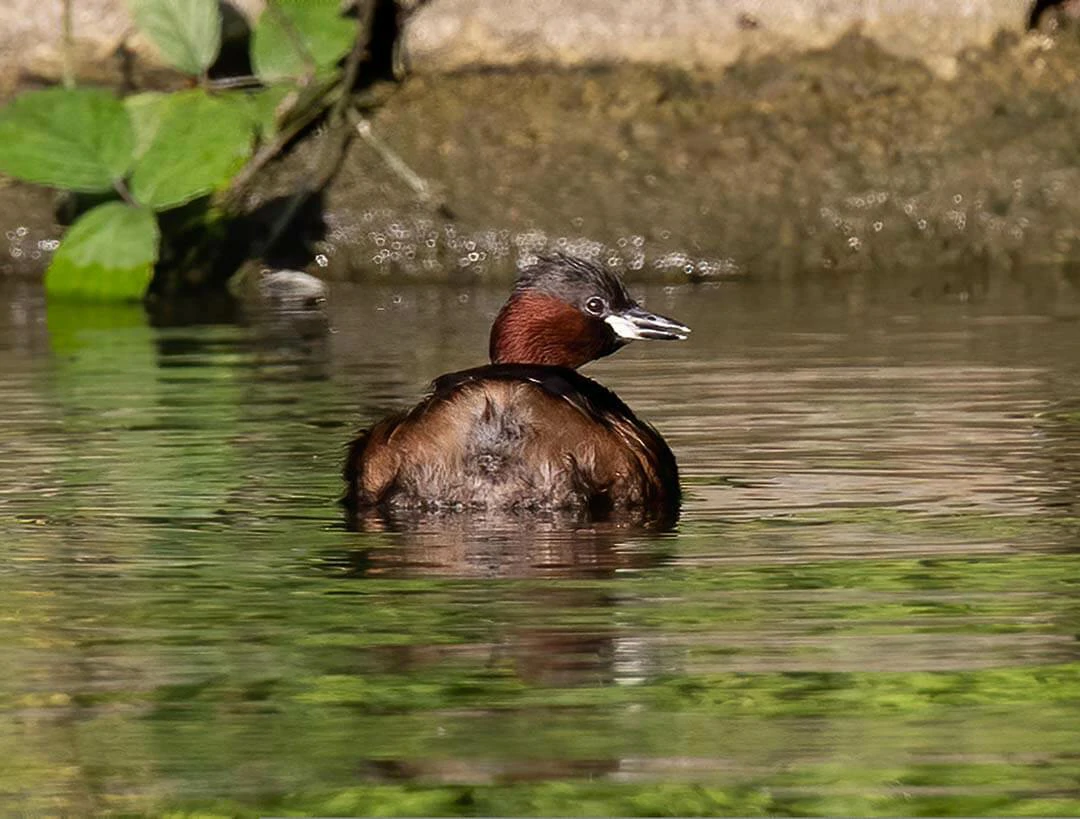
BIRDING IN
Kasungu National Park

BIRDING IN
Kasungu National Park

BIRDING IN
Kasungu National Park

BIRDING IN
Kasungu National Park
Kasungu National Park is located west of Kasungu, about 175 kilometers north of Lilongwe, extending along the Zambian border. Kasungu National Park is Malawi's second-largest national park. Once crowded with wildlife, the park has been heavily poached and, despite recent clampdowns, animal densities are low. The only lodge is well priced and located at Lifupa Dam, which has some resident hippos and attracts elephants in the dry season. If wildlife viewing expectations aren't too high, Kasungu offers a great bush experience.
The vegetation consists mainly of Miombo woodland with grassy river channels, known locally as Dambos. A number of rivers flow through the park, notably the Dwangwa and the Lingadzi and its tributary, the Lifupa, which creates an important spot for hippo surveyal in the park at the Lifupa Lodge. Kasungu National Park is known for its population of elephants although is threatened by poaching.
Most years the park is closed during March, during the wet season. The park is warm from the months of September to May and cooler from June to August. During the summer months a large variety of birds migrate to the park and bird watching is common between June and September. Birds of Kasungu National Park include; Red-billed Teal, Yellow-billed Duck, Little Grebe.
Our Experts are ready to provide answers
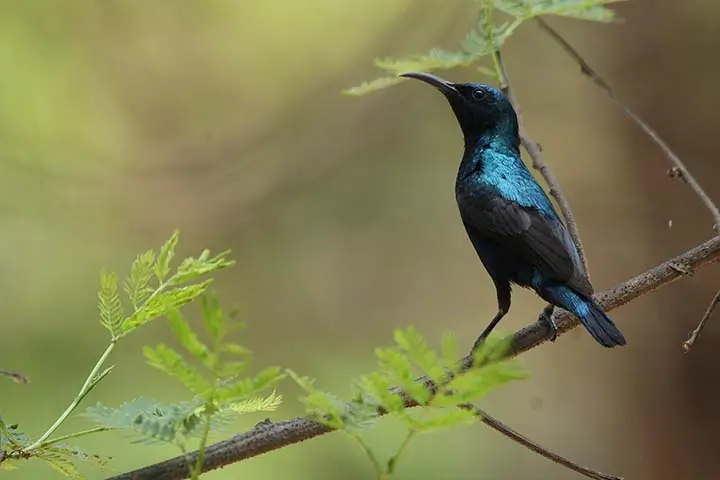
Head off to the shores of Lake Malawi at Makuzi Beach, south of Chintheche. Remnants of lowland evergreen forest en route support East Coast Akalat, Red-capped Robin-Chat, Green-backed Woodpecker, Black Saw-wing, Grey-olive Greenbul, Purple-banded Sunbird, Eastern Nicator, African Broadbill, and Olive Sunbird. If time allows search for Lemonbreasted Canary on the floodplain.
Read More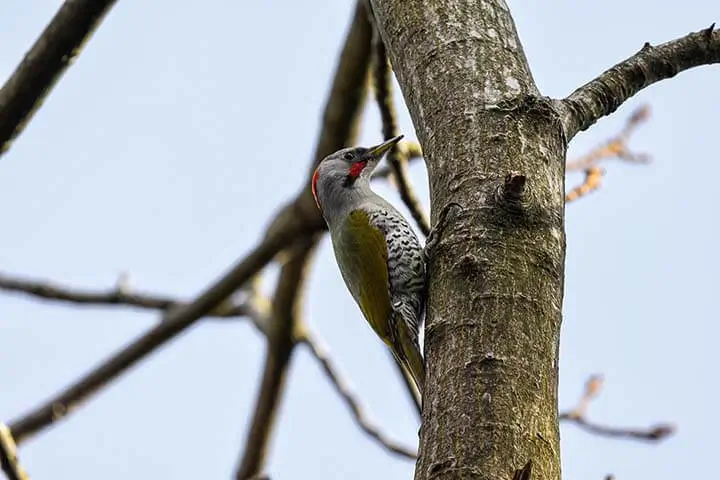
Do birding in the rich miombo woodlands. Some of the many target birds include Pale-billed Hornbill, Whyte's Barbet, Miombo Pied Barbet, Stierling's Woodpecker, Miombo Scrub Robin, Yellow-bellied Hyliota, Rufous-bellied Tit, Whitetailed Blue Flycatcher, Souza's Shrike, Anchieta's Sunbird, Shelley's Sunbird, and the rare Olive-headed Weaver.
Read More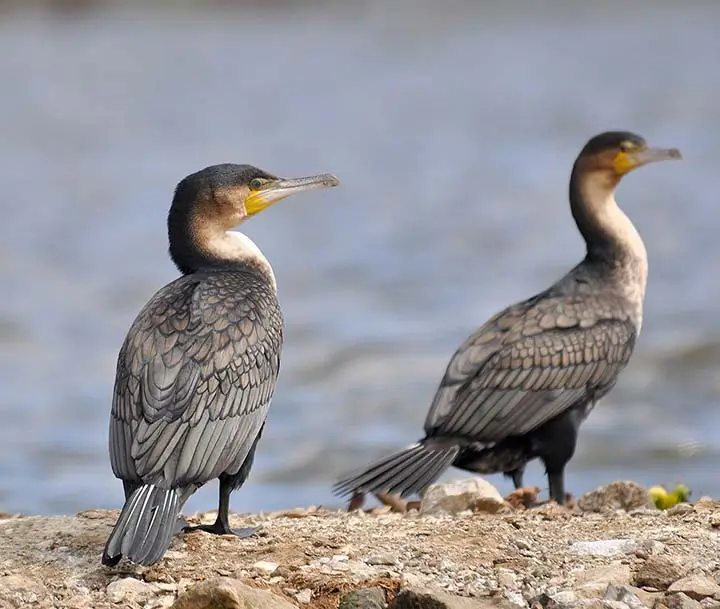
Lake Malawi attracts a number of birds which favour either the water or islands or the particular vegetation of the shorelands. The African fish eagle is the Pride of the lake and is Malawi's national bird.
Read More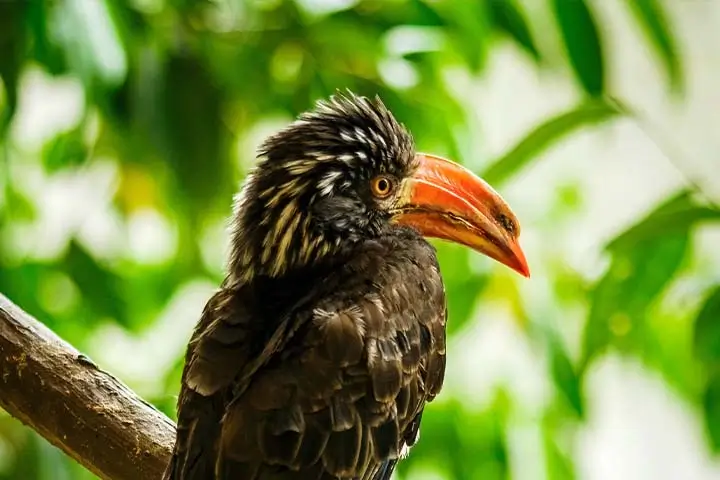
Lengwe's special birds include Western Banded Snake Eagle, Brown-headed Parrot, Crowned Hornbill, African Golden Oriole, African Paradise Flycatcher, Retz's Helmetshrike, Miombo Blue-eared Starling, Variable Sunbird, African Yellow White-eye, Southern Grey-headed Sparrow, and Red-headed Weaver.
Read More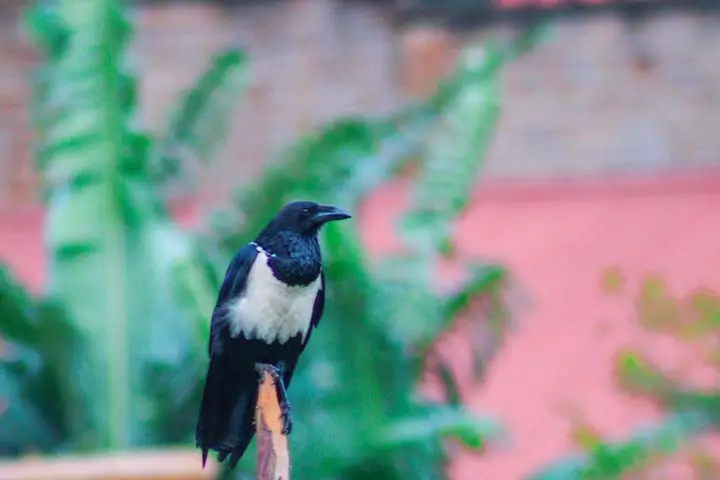
Birds to see here include; African Finfoot, White-backed Night Heron, Schalow'sTuraco, Half-collared Kingfisher, African Broadbill, Black-throated Wattle-eye, Mountain Wagtail, and Pied Mannikin.
Read More
An afternoon game activity adds many waterbirds to the list, possibly including specials like White-backed Night Heron, White-backed Duck, African Pygmy Goose, Lesser Jacana, White-crowned Lapwing, Long-toed Lapwing, Gull-billed Tern, African Skimmer, Black Coucal, and Southern Brown-throated Weaver.
Read More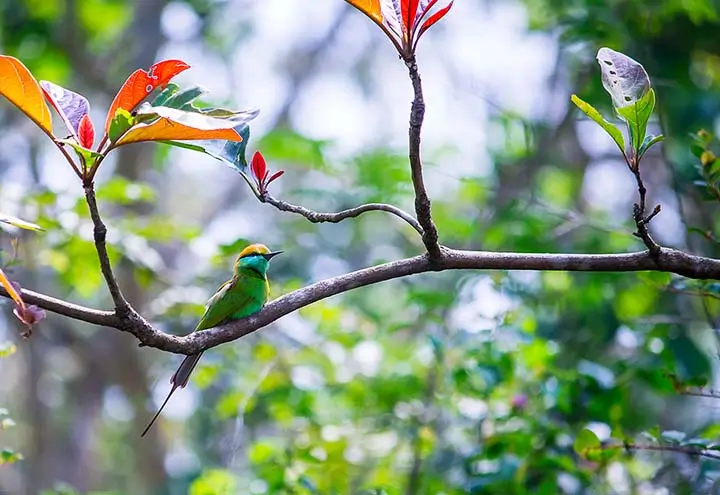
Birds include the African Finfoot, Böhm's Bee-eater, Egyptian Goose, and Racket-tailed Roller, as well as others in the Anseriformes order.
Read More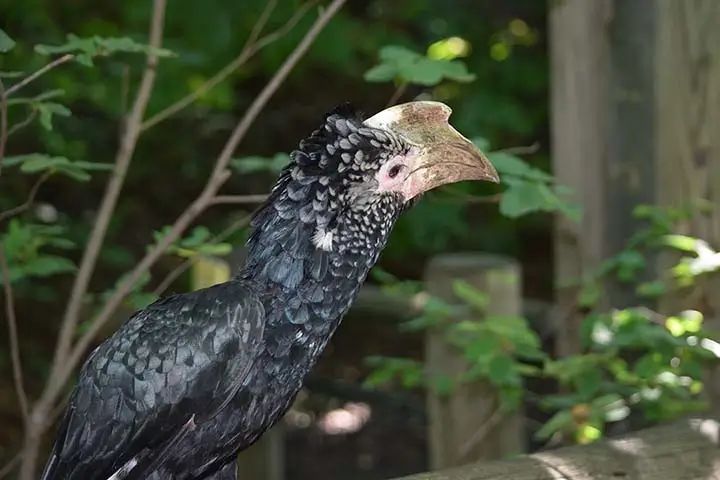
Birds of Mount Mulanje include; ThyoloAlethes, plus Red-faced Crimsonwing, Green Twinspot, Yellow-streaked Greenbul, Yellow-throated Woodland Warbler, Cape/Malawi Batis, Silverycheeked Hornbill, Yellow-throated Apalis, Mountain Wagtail.
Read More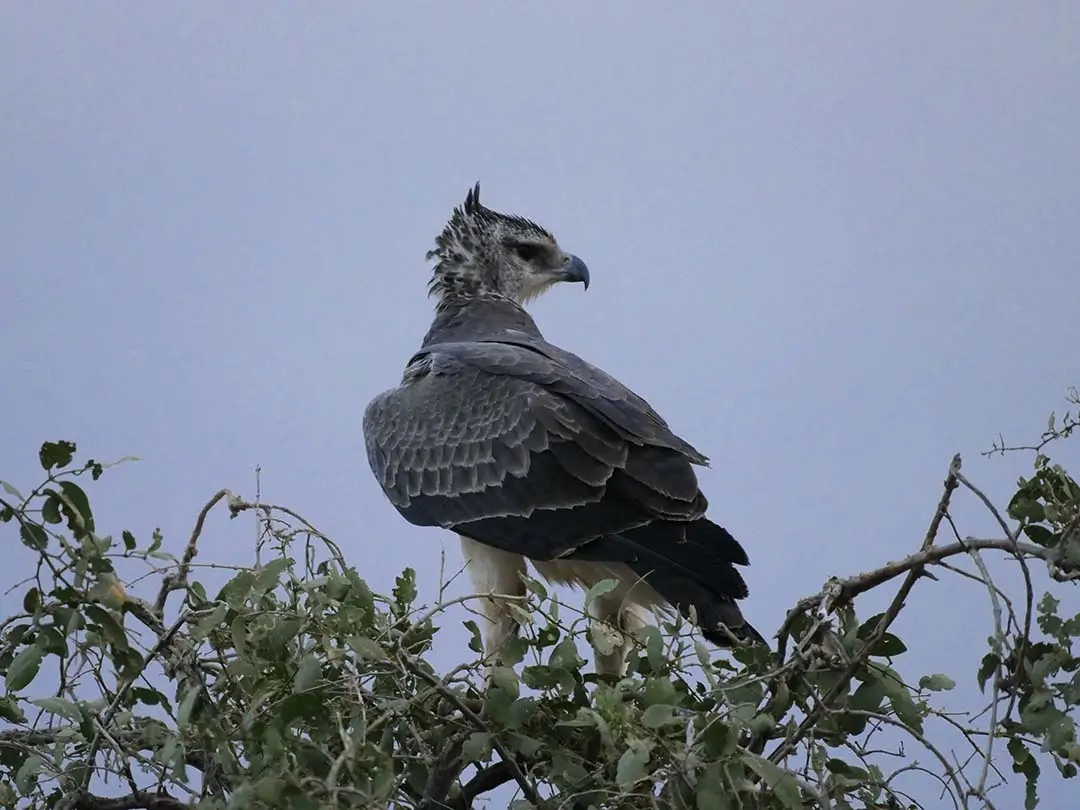
Some 280 species of bird have been recorded in the reserve and there are likely to be considerably more than this figure. They vary in size from tiny iridescent kingfishers to large martial eagles.
Read More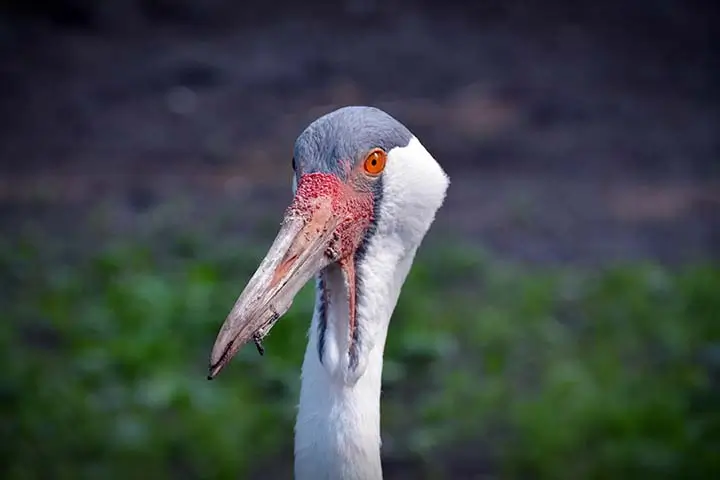
The mountain grasslands and forests of the Nyika Plateau are a host of birds that are scarce or absent elsewhere in Malawi.
Read More